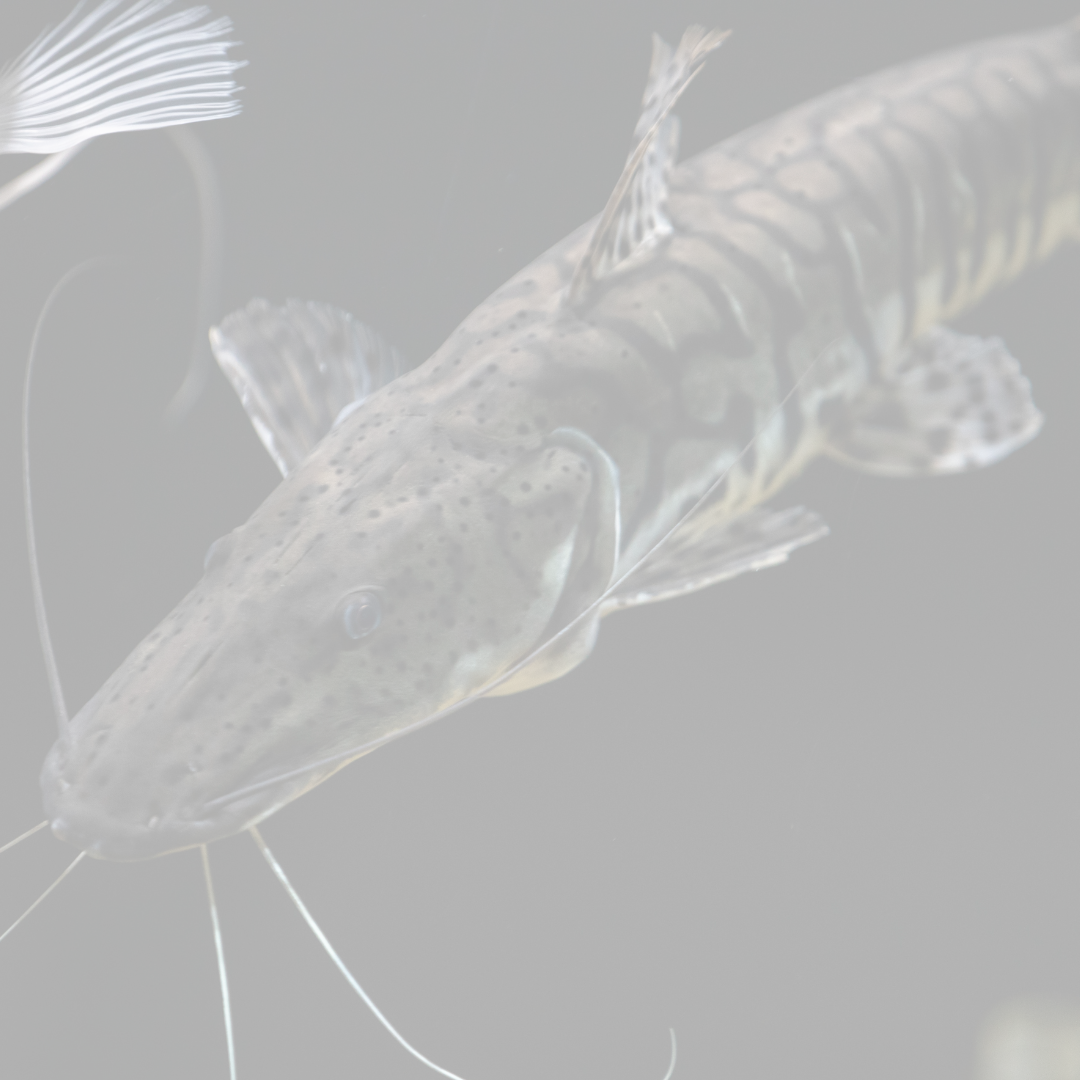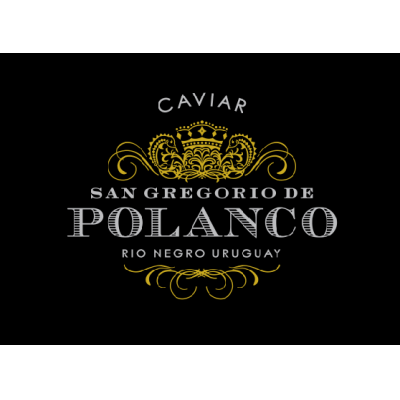
The fascination for the mythical sturgeon has its roots in the mists of times: Persians, Carthaginians, Greeks and Romans knew about it; great ancient philosophers mentioned it in their writings.
This fish has been on the face of the Earth for 250 million years, and the roe produced by the female sturgeon continues to be the raw material of a precious treasure: caviar.
But the map leading to that treasure has changed, and it is no longer limited to the waters where Asia and Europe blend together. Today, also in Uruguay, in the southern part of the world in an absolutely natural environment, sturgeons are bred and some of the finest caviar is produced.
STORY OF AN ANCIENT DELICACY
The Caspian, the Black and the Azov seas, the birthplaces of its history, were a true crossroads of cultures: Persians, Arabs, Mongols, Asians, Russians and Europeans came together in that vast area where silk, gold, spices, jewels and salt were traded.
It is impossible to determine who prepared the very first caviar in history. Just as unclear is the origin of the word, an English term that might come from the Italian word caviale, the Tartarian word khavia or Turkish word khavyar. And the Turks, some linguists claim, could have borrowed that word from the Greeks, whom already had an age-old tradition of salt-cured fish roe.
Although the Persians are generally credited with being the pioneers of caviar production and consumption, it was the Russians, at the end of the 10th century and during the reign of Prince Vladimir of Kiev, who were the first to develop the art of caviar as we understand it in modern times. And besides any historical discussion, no one disputes that this delicacy became a true cultural icon of Russia.
Caviar became known in Europe only around the 14th century, when Venetian merchants ventured into the Black Sea and brought it back in their ships, filling large barrels with those fragile black eggs. However, it took a long time to be accepted: two centuries later, Shakespeare referred to caviar as a metaphor for obscurity and the incomprehensible. And until well into the 19th century, European fishermen continued to discard sturgeon roe, throwing it to animals or dumping it on the banks of rivers.
He and his wife Yildiz were honored by the monks with a great banquet. Hot apples topped with a tablespoon of salted sturgeon roe were served for dessert. The delicacy was not to her liking, but the dreaded visitor was delighted. He liked it so much that the monastery of the Russian Orthodox Church was granted a safe conduct and remained standing.
In the flavorsome history of caviar there is also a small chapter reserved for Louis XIV, the Sun King. During a reception held at Versailles, Tsar Peter the Great sent a sample of caviar to the Palace through the Russian ambassador. Legend has it that the French monarch, disgusted after trying it, spat it immediately on the ground, provoking a diplomatic incident. But history evened matters up: a few centuries later, Paris would fall for the charms of caviar.

PARIS
When the Russian Revolution that dethroned the Tsars broke out in 1917, and the following year the First World War ended in Europe, Louis XIV had been buried for about 200 years, nobody remembered his act of insolence and Paris was getting ready to dance to the rhythm of the Roaring Twenties. In the 1920s Ville Lumière, caviar was all that was missing in the those parties enlivened by the Charleston beat, champagne and refugee aristocrats.






